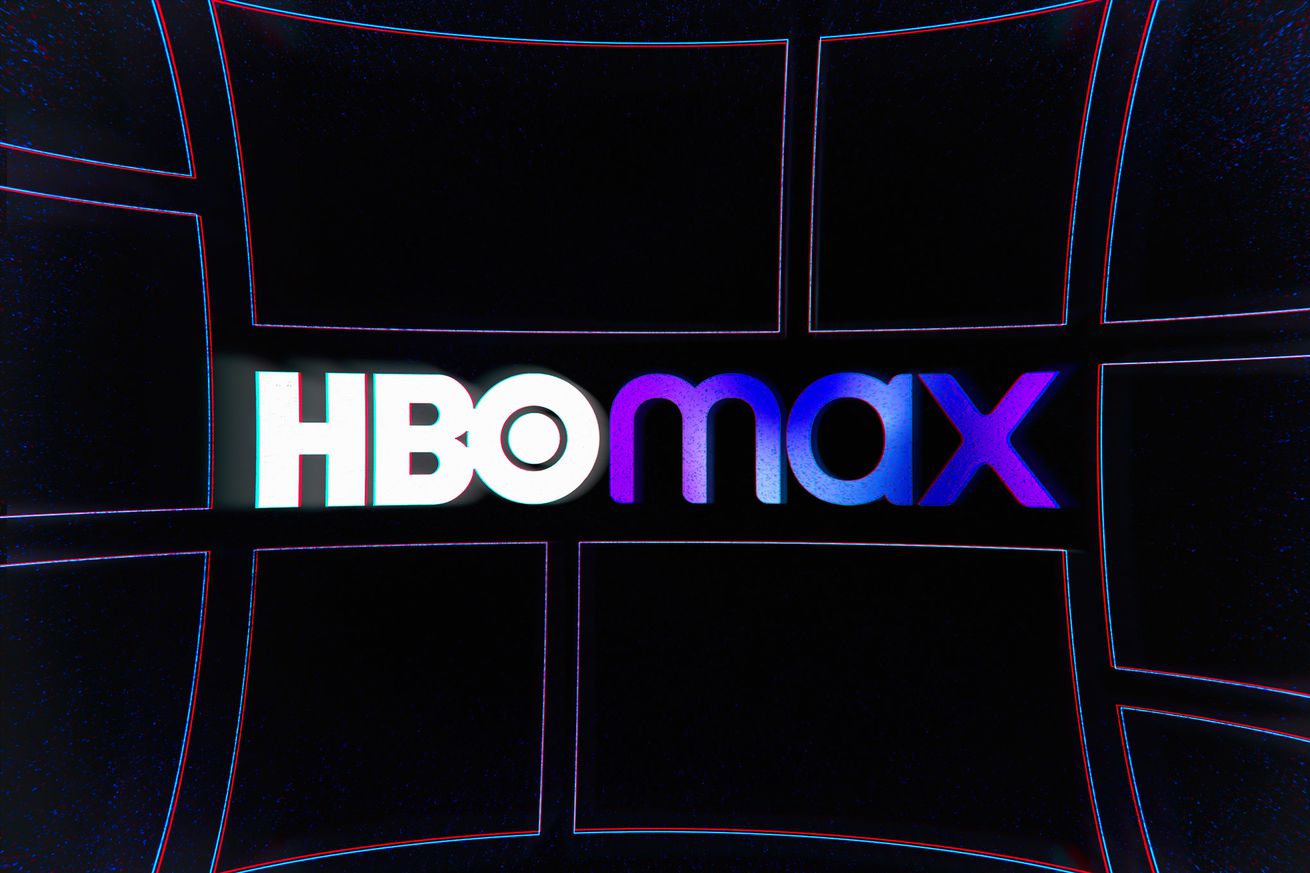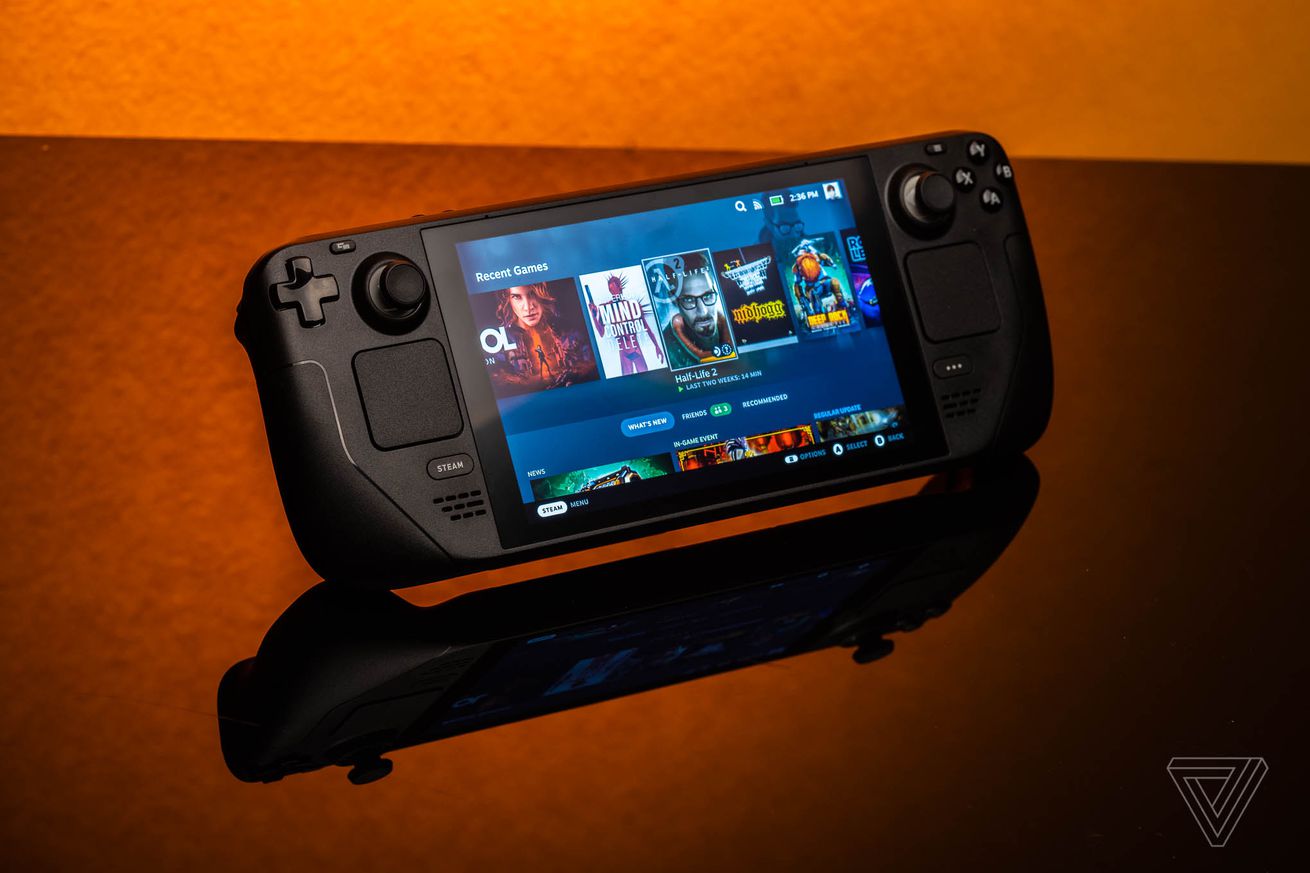
With more people working from home than they used to, owning a good pair of noise-canceling headphones has become more appealing than ever. However, they can be expensive and difficult to shop for due to the range of available models, many of which cater to different lifestyles and priorities. Some are better suited for long-haul flights, for instance, while others are ideal for multitasking and marathon listening sessions.
That’s why we’ve curated this list of the best deals on noise-canceling headphones. Here, you’ll find sales on all kinds of on-ear and over-ear headphones, all of which are designed to eliminate outside noise but come with their own strengths and weaknesses. And if you want to do even more research before making a buying decision, we’ve put together a guide to the best noise-canceling headphones, which can help you determine which is right for you.
/cdn.vox-cdn.com/uploads/chorus_asset/file/22883429/cwelch_202109_4775_5635.jpg) Photo by Chris Welch / The Verge
Photo by Chris Welch / The Verge
Bose QuietComfort 45 deals
Bose QuietComfort 45s, our pick for the most comfortable noise-canceling headphones, are a pair frequent travelers will surely appreciate. They’re lightweight and foldable, so you can easily carry them around with you, and ear fatigue is unlikely, thanks to their oval ear cups. Battery life now sits at 24 hours as well, meaning you needn’t worry about constantly having to charge them. The new transparency mode, meanwhile, comes in handy when you need to be more aware of your surroundings, like when you’re about to cross the street, while a firmware update introduced earlier this year allows you to customize the bass, mid-range, and other aspects of the EQ. The USB-C-equipped headphones don’t offer the same bassy response as Sony’s 1000XM4s, but if comfort is what you’re after, the QC45 offer it in spades.
The Bose QuietComfort 45s retail for $329, but right now you can buy them for $279, an all-time low, from Amazon, Best Buy, and Bose. Bose will also take 15 percent off when you buy two QC45s, two Sport Earbuds, or one pair of QC45 and one pair of Sport Earbuds, applying the discount to the item of equal or lesser value. Just note you must buy the two devices within the same order. Read our review.
/cdn.vox-cdn.com/uploads/chorus_asset/file/22173543/IMG_6828_3.jpg) Photo by Becca Farsace / The Verge
Photo by Becca Farsace / The Verge
Apple’s AirPods Max deals
If you’re looking for the best sound quality you can get in a pair of noise-canceling headphones, we recommend the AirPods Max. The headphones pair seamlessly with other Apple devices and they sound superb, especially combined with Apple’s spatial audio feature, which allows for a more immersive experience when listening to or watching compatible content. They also tout the best transparency mode of all the headphones on our list, and they boast incredible build quality thanks to a luxe design that opts for aluminum, steel, and fabric over plastic.
With an MSRP of $549, the AirPods Max can be pretty expensive, but many retailers have been discounting them as of late. Right now, for instance, the headphones are currently on sale at Amazon in black, silver, and blue for $449.99 (discount applies at checkout). If you live close to a Micro Center, you can also pick them up in all colorways for $474.99. Read our review.
/cdn.vox-cdn.com/uploads/chorus_asset/file/18314842/akrales_190716_3546_0185.jpg) Photo by Amelia Holowaty Krales / The Verge
Photo by Amelia Holowaty Krales / The Verge
Bose Noise Cancelling Headphones 700 deals
If you plan to frequently use your headphones for voice calls, Bose’s Noise Cancelling Headphones 700 are the best option on this list for doing so. They boast excellent voice call quality, meaning everybody on your Zoom call will be able to hear you loud and clearly, and they offer great noise cancellation with satisfactory sound. Like the QC45, the over-ears can also connect to two devices simultaneously, but they can’t be folded and only offer 20 hours of battery life, which is also less than other headphones on this list provide.
We’ve seen several discounts on the 700s over the past year or so, and right now Amazon, Walmart, Best Buy, and Target are all currently selling them for $299 instead of $379 – an all-time low. Read our review.
/cdn.vox-cdn.com/uploads/chorus_asset/file/19167216/bfarsace_190903_3639_0007.jpg)
Sennheiser Momentum Wireless 3 deals
If you’re a non-Apple user looking for a pair of noise-canceling headphones that sound fantastic, Sennheiser’s Momentum Wireless 3 is your best option. We found that they boast detailed, bass-rich sound, a stylish, retro-inspired design, and are extremely comfortable to wear — even when you’re donning glasses. Although their noise cancellation might not rival other models on our list, they make up for it with convenient software features like ambient passthrough and a customizable EQ. Plus, unlike many other headphones, they integrate with the location tracking device, Tile.
The Momentum Wireless 3 typically retail for $399.99, but we’ve seen them drop to as low as $241 in select instances. Right now, you can buy them at Best Buy for around $250, which is just $9 shy of their best price to date. Read our review.
/cdn.vox-cdn.com/uploads/chorus_asset/file/20663802/16605325_EF7D_46D0_9852_12CE9CEAF229.jpeg) Photo by Chris Welch / The Verge
Photo by Chris Welch / The Verge
Shure Aonic 50 deals
Shure’s Aonic 50 are some of the best noise-canceling headphones available at a lower price point, offering first-class sound quality, adequate noise cancellation, and support for advanced Bluetooth codecs like apt-X HD and LDAC. They’re also comfortable to wear, boast detailed, bass-rich sound, and offer features like ambient passthrough and a customizable EQ. Normally $299.99, the Aonic 50 are on sale right now for around $249 at Amazon, GameStop, and B&H Photo, which is just $10 more than their best-ever price.
/cdn.vox-cdn.com/uploads/chorus_asset/file/23150872/Screen_Shot_2022_01_06_at_2.26.42_PM.png) The Verge
The Verge
Microsoft Surface Headphones 2 deals
Multitaskers will appreciate Microsoft’s Surface Headphones 2 given they offer terrific multipoint Bluetooth support, which allows you to pair them with multiple devices and switch back and forth between them with ease. The headphones also offer intuitive dial controls for both volume and noise cancellation, as well as improved sound quality and battery life over their predecessor. While Microsoft’s noise-canceling tech isn’t quite as effective as Bose’s and Sony’s, the Surface Headphones 2 still adequately silence outside noises so you can focus.
During Black Friday and Cyber Monday, Microsoft’s Surface Headphones 2 dropped to around $162, which is almost half their typical asking price of $249.99. We’re not currently seeing any deals that steep right now, however, you can buy them in black on Amazon for $189.99 and from Microsoft for just $199.99. Read our review.
/cdn.vox-cdn.com/uploads/chorus_asset/file/9478833/akrales_171013_2047_0009.jpg) Photo by Amelia Holowaty Krales / The Verge
Photo by Amelia Holowaty Krales / The Verge
Beats Studio 3 Wireless deals
While we couldn’t recommend these to anybody outside of the Apple ecosystem, the Beats Studio 3 Wireless could be a decent alternative if you want a pair of over-ear headphones from Apple but find the AirPods Max to be too expensive. The Beats Studio 3 are comfortable to wear, fold inward for easy stowing, and feature Apple’s last-gen W1 wireless chip, which still allows you to quickly connect and switch between Apple devices. Note, however, that unlike those built with Apple’s newer H1 chip, the headphones lack hands-free Siri support. They also charge via a Micro USB port instead of a Lightning port or USB-C.
The Beats Studio 3 are certainly showing their age at this point — the headphones launched in 2017, after all — but they are currently on sale on Amazon for $199.95 in select colorways. Read our review.


/cdn.vox-cdn.com/uploads/chorus_asset/file/23893595/Screenshot_20220722_142255.png)
/cdn.vox-cdn.com/uploads/chorus_asset/file/23893599/Screenshot_20220722_142352.png)
/cdn.vox-cdn.com/uploads/chorus_asset/file/23893584/IMG_CF287DF46C63_1.jpeg)
/cdn.vox-cdn.com/uploads/chorus_asset/file/23893587/IMG_AF6D6768CCFB_1.jpeg)


/cdn.vox-cdn.com/uploads/chorus_asset/file/23921897/Pokemon_SV_Screenshot_4.jpeg) Image: The Pokémon Company
Image: The Pokémon Company

/cdn.vox-cdn.com/uploads/chorus_asset/file/23921965/japan_steam_deck_prices.jpg) Screenshot by Sean Hollister / The Verge
Screenshot by Sean Hollister / The Verge


/cdn.vox-cdn.com/uploads/chorus_asset/file/22422275/SonosShower.jpg) Photo by Chris Welch / The Verge
Photo by Chris Welch / The Verge
/cdn.vox-cdn.com/uploads/chorus_asset/file/9480615/cwelch_171017_2068_0002.jpg) Photo by Chris Welch / The Verge
Photo by Chris Welch / The Verge
/cdn.vox-cdn.com/uploads/chorus_asset/file/19123665/dseifert_190826_3622_0009.jpg) Photo by Dan Seifert / The Verge
Photo by Dan Seifert / The Verge
/cdn.vox-cdn.com/uploads/chorus_asset/file/20016876/npatel_200601_4050_0024.0.jpg) Photo by Nilay Patel / The Verge
Photo by Nilay Patel / The Verge
/cdn.vox-cdn.com/uploads/chorus_asset/file/23335200/Screen_Shot_2022_03_21_at_2.12.53_PM.png) Sonos
Sonos
/cdn.vox-cdn.com/uploads/chorus_asset/file/11605113/akrales_180626_2683_0014.jpg) Photo by Amelia Holowaty Krales / The Verge
Photo by Amelia Holowaty Krales / The Verge
/cdn.vox-cdn.com/uploads/chorus_asset/file/22888939/cwelch_290921_4780_5681.jpg) Photo by Chris Welch / The Verge
Photo by Chris Welch / The Verge
/cdn.vox-cdn.com/uploads/chorus_asset/file/19208402/dseifert_190915_3647_0001.jpg) Photo by Dan Seifert / The Verge
Photo by Dan Seifert / The Verge

/cdn.vox-cdn.com/uploads/chorus_asset/file/23918916/2022_08_02_14_02_www.xbox.com.png) Screenshot by Jay Peters / The Verge
Screenshot by Jay Peters / The Verge



